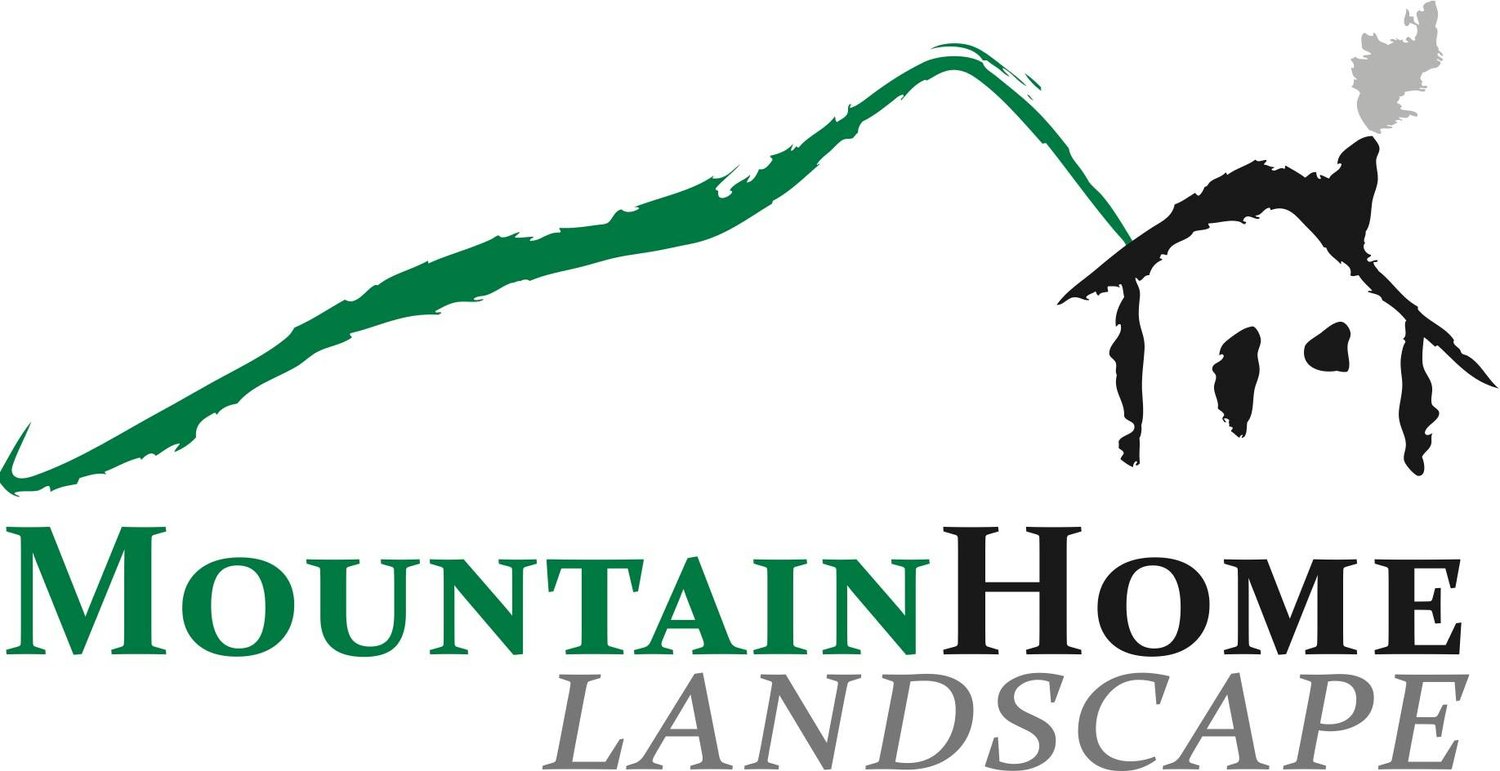Drought Tolerant Native Plants
In New England, we have a saying, “If you don’t like the weather, wait 5 minutes.” The steady roll of the lush green hills here in the Berkshires are due to steady rainfall; but even still there are moments of drought. All over, there are pockets of soil that are well drained and drought tolerant plants will thrive. Here is a list of Drought Tolerant Native Plants that will work!
*note: the term Native is relative to the Northeast, further research will provide answers to native to Massachusetts or New England.
Perennials
Hay Scented Fern Dennstaedtia punctilobula
Big Bluestem Andropogon gerardii
Purple Lovegrass Eragrostis spectabilis
Hairgrass Muhlenbergia capillaris
Little Bluestem Schizachyrium scoparium
Prairie Dropseed Sporobolus heterolepis
Purple Milkweed Asclepias incarnata
Butterfly Weed Asclepias tuberosa
Blue False Indigo Baptisia australis
Harebell Campanula rotundifolia
Tickseed Coreopsis lanceolata
Prairie Coneflower Echinacea pallida
Prairie Gentian Gentiana puberulenta
Prairie Smoke Geum triflorum
Blue Lupine Lupinus perennis
Bergamot Monarda fistulosa
Sundrops Oenothera fruticosa
Eastern Prickly Pear Cactus Opuntia humifusa
Hairy Beardtongue Penstemon hirsutus
Moss Phlox Phlox subulata
Brown Eyed Susan Rudbeckia hirta
Goldenrods Solidago spp.
Violets Viola species
Trees & Shrubs
Bearberry Arctostaphylos uva-ursi
Sweet Fern Comptonia peregrina
Shrubby St. Johnswort Hypericum prolificum
Junipers Juniperus communis, Juniperus horizontalis, Juniperus virginiana
Bayberry Myrica pensylvanica
Ironwood Ostrya virginiana
Eastern Ninebark Physocarpus opulifolius
Pitch Pine Pinus rigida
Beach Plum Prunus maritima
Fragrant Sumac Rhus aromatica
Staghorn Sumac Rhus typhina
Arrowwood Viburnum dentatum
Nannyberry Viburnum lentago
American Cranberry Bush Viburnum trilobum
Concolor Fir Abies concolor
Red Maple Acer rubrum
Sugar Maple Acer saccharum
Bottlebrush Buckeye Aesculus parviflora
Red Buckeye Aesculus pavia
Shadbush Amelanchier spp.
River Birch Betula nigra
American Hornbeam Carpinus caroliniana
New Jersey Tea Ceanothus americanus
Eastern Redbud Cercis canadensis
Fringetree Chionanthus virginicus
Yellowwood Cladrastis kentucky
Sweet Pepperbush Clethra alnifolia
Fothergilla Fothergilla gardenii, F. major
White Ash Fraxinus americana
Green Ash Fraxinus pennsylvanica
Carolina Silverbell Halesia tetraptera
Common Witch Hazel Hamamelis virginiana
Oakleaf Hydrangea Hydrangea quercifolia
Inkberry Ilex glabra
American Holly Ilex opaca
Sweetspire Itea virginica
Mountain Laurel Kalmia latifolia
Sweetgum Liquidambar styraciflua
Tulip Tree Liriodendron tulipifera
Sweetbay Magnolia Magnolia virginiana
Sourwood Oxydendrum arboreum
White Pine Pinus strobus
Hoptree Ptelea trifoliata
Oaks Quercus spp.
Flame Azalea Rhododendron calendulaceum
Pink Azalea Rhododendron periclymenoides
Rosa Rosa carolina, R. virginiana
Eastern Arborvitae Thuja occidentalis
Basswood Tillia americana
Blueberry Vaccinium spp.
Sources: Native Plants of the Northeast: A Guide for Gardening and Conservation by Donald J. Leopold copyright 2005 Timber Press; UMass Extension https://www.cns.umass.edu
Further reading: The Northeast Native Plant Primer by Uli Lorimer copyright 2022 Timber Press; Deer Resistant Native Plants for the Northeast by Ruth Rogers Clausen and Gregory D. Tepper copyright 2021 Timber Press

